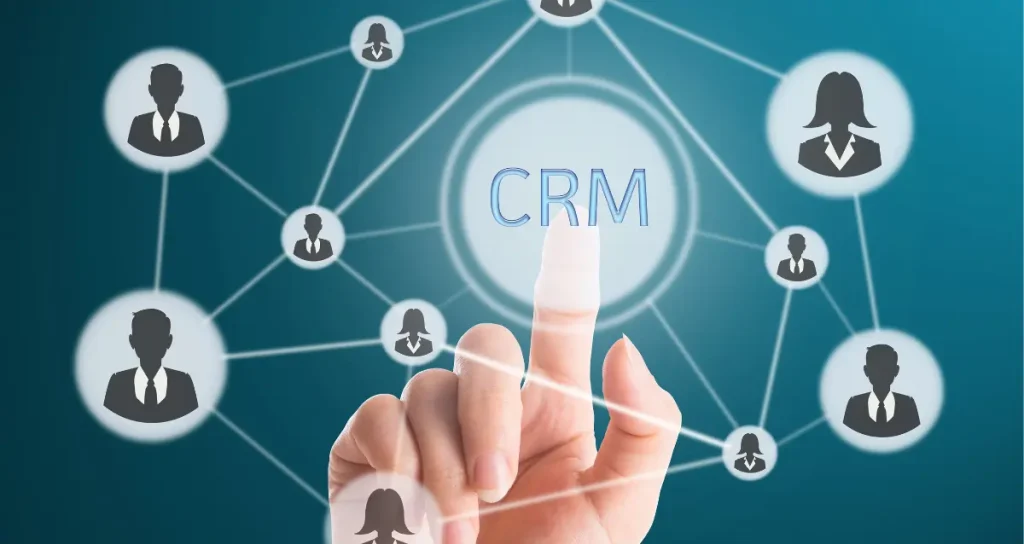How SIP Trunking Integrates with CRM and ERP Systems
Nowadays, businesses must stay connected and efficient to thrive. One key enabler of seamless communication and enhanced productivity is SIP (Session Initiation Protocol) trunking. Many companies recognise SIP trunking’s cost and efficiency benefits for voice communication. However, a less commonly discussed advantage is how it can integrate with Customer Relationship Management (CRM) and Enterprise Resource Planning (ERP) systems.
Wondering what is sip trunking? It stands for Session Initiation Protocol trunking, which is a method that allows businesses to use Voice over IP (VoIP) to facilitate communication over the Internet rather than traditional phone lines. It enables the initiation, management, and termination of real-time sessions like voice calls, video conferences, and messaging. In this article, let’s understand how this integration works and what businesses should consider when integrating SIP trunking with their CRM and ERP systems.
How SIP Trunking Integrates with CRM Systems
Unified Communication: Businesses can unify their communication channels by integrating them with CRM systems. For instance, when a customer calls, the CRM system automatically retrieves the customer’s information. This enables the agent to provide a personalised experience. This real-time access to customer data during a call enhances the quality of service.
Improved Customer Experience: With such services, the CRM system can route calls to the appropriate department or individual based on the customer’s history or needs. This reduces wait times and increases the chances of first-call resolution, leading to higher customer satisfaction.
Call Recording and Analytics: Integration allows automatic call recording and logging directly into the CRM system. This data can be analysed to gain insights into customer behaviour, service issues, and sales opportunities, enabling businesses to make informed decisions.
Enhanced Mobility: SIP trunking allows employees to access the CRM system from anywhere, using any device. This mobility ensures that sales teams, customer support, and other critical staff are always connected, even on the go.

How SIP Trunking Integrates with ERP Systems
Seamless Data Exchange: ERP systems benefit significantly from SIP trunking integration, which allows for the seamless exchange of data across various departments. For example, when a sales order is placed, the information can be instantly shared with the finance and logistics departments.
Real-Time Communication: Real-time communication is crucial in manufacturing or supply chain operations. This service, integrated with ERP systems, ensures instant communication between different departments and external suppliers, reducing delays and enhancing productivity.
Cost Efficiency: By integrating it with ERP systems, businesses can reduce the costs associated with traditional phone lines. Additionally, the automation of processes facilitated by ERP systems further reduces operational costs.
Disaster Recovery and Business Continuity: The ERP system’s virtual nature means that even if physical office locations are affected by unforeseen events, it can continue to operate. This ensures that business processes are not disrupted.
Key Considerations for Integration
While the benefits of integrating SIP (Session Initiation Protocol) trunking with CRM and ERP systems are clear, businesses need to consider a few key factors:
Compatibility: Ensure that your CRM and ERP systems are compatible with such services. Some legacy systems may require upgrades or modifications to facilitate integration.
Security: As with any digital communication, security is paramount. Make sure that your trunking provider offers robust security measures to protect your data and communication channels.
Scalability: Make sure to choose a solution that can scale with your business. As your operations grow, your communication needs will change. Therefore, such SIP trunking solutions should be able to accommodate this growth.
Conclusion
This article aims to understand what is sip trunking and how it can be integrated with CRM and ERP systems. This integration empowers businesses to operate more efficiently and effectively by unifying communication and reducing costs. However, careful consideration is essential to ensure a successful integration. As companies continue to change, integrating communication technologies with CRM and ERP systems will become increasingly vital in maintaining a competitive edge.
FURTHER READING
- Data-Driven Decision-Making in Modern Businesses
- What Are Sales Accepted Leads (SALs) and Why They Matter






